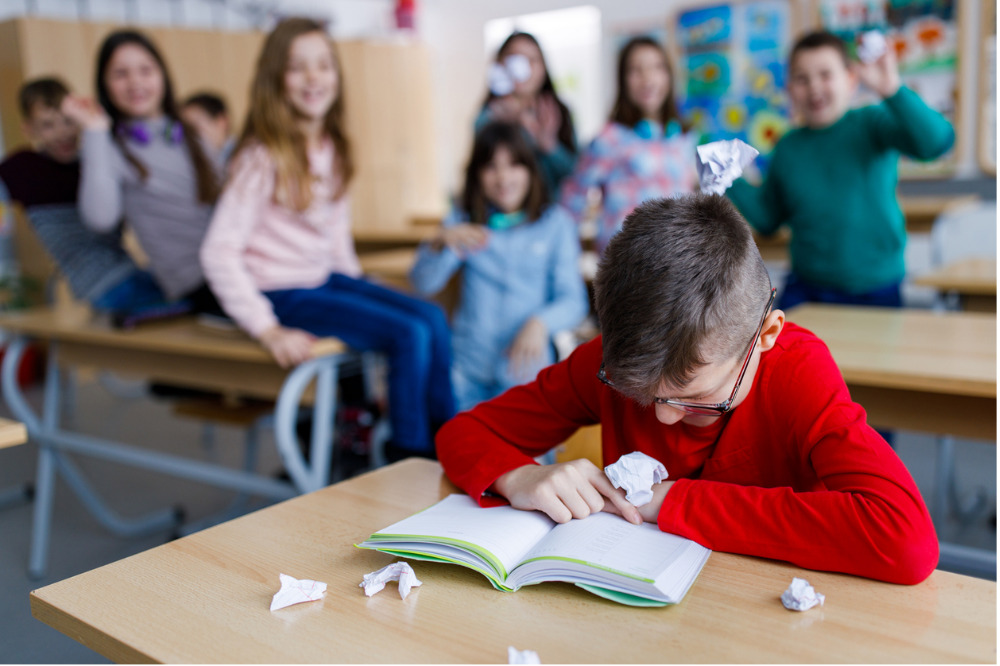
Australia is facing a problem of bullying in classrooms, contributing to the high number of teachers quitting the profession, according to Federal Education Minister Jason Clare.
A global report into education standards found rates of bullying reported by principals in Australia are three times higher than the OECD average. Furthermore, the Department of Education figures project a shortfall of 4,100 secondary school teachers within two years.
Clare said that teachers and principals have a right to feel safe at school as well. This problem is leading to many teachers feeling worn out and burnt out.
"This is a massive issue. Parents want their children to be safe at school, but teachers and principals have a right to expect that they'll feel safe at school as well. I think you can draw a line between this and why a lot of teachers are leaving the profession, feeling worn out and burnt out," Clare said.
He also added that the problem of making sure teachers are equipped with the skills needed to deal with these challenges, including the fundamental skills of managing classroom behavior, has been identified as a significant contributor to this problem.
The fallout or aftermath of the pandemic is another reason contributing to bullying in classrooms. Teachers have reported seeing in children the fallout in terms of their mental health from two years on and off of lockdowns.
Educational outcomes in Australia are very different between kids in rich and poor families, and those who live in the city or the bush, leading to an entrenched two-tier education system between the haves and the have-nots.
Children from poor families, the bush, or Indigenous Australians are three times more likely to fall behind at school. They are less likely to go to preschool, more likely to fall behind in primary school, and less likely to finish high school, let alone go on to university.
Clare acknowledged that this is a big challenge and has stated that his focus is on fixing this.
"If you're a young person from a poor family or from the bush or an Indigenous Australian, you're three times more likely to fall behind at school. The fact is, you're less likely to go to preschool, you're more likely to fall behind in primary school and you're less likely to finish high school, let alone go on to university. These are the sort of challenges we need to fix," he said.
Another major issue identified in the report is the teacher shortage, with a high level of teacher attrition, leading to teachers dropping out of the profession before retirement. The National Teacher Workforce Plan was introduced to address this issue.
Although it hasn't been running for long, it has been noted that it is going to take some time to turn around.
Clare stated that three things need to be done to address this problem.
Firstly, the number of people going to university to study teaching needs to increase, which has dropped by about 16% over the last decade.
Secondly, the way universities teach teachers needs to improve. Clare mentioned that about 50% of teachers quit the profession in the first five years, and it is essential to tackle this problem.
Thirdly, the courses that teachers do need to improve so that there is more emphasis on teaching children how to read, teaching children how to do maths, and teaching students how to manage difficult classrooms.


